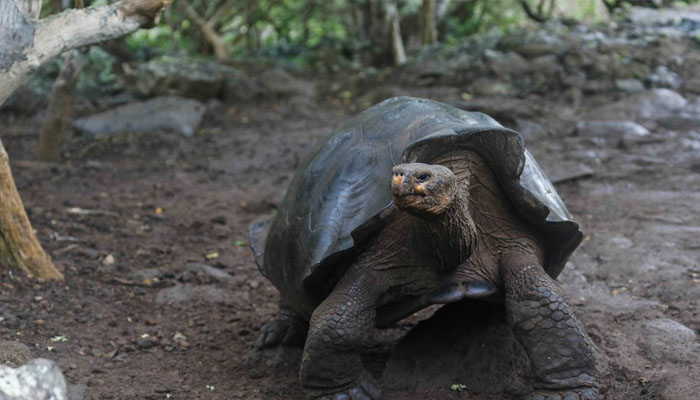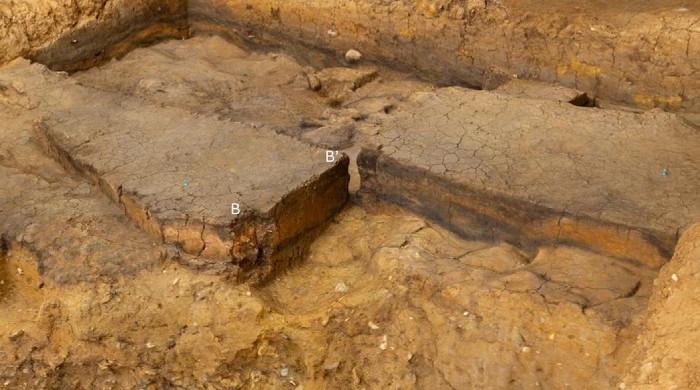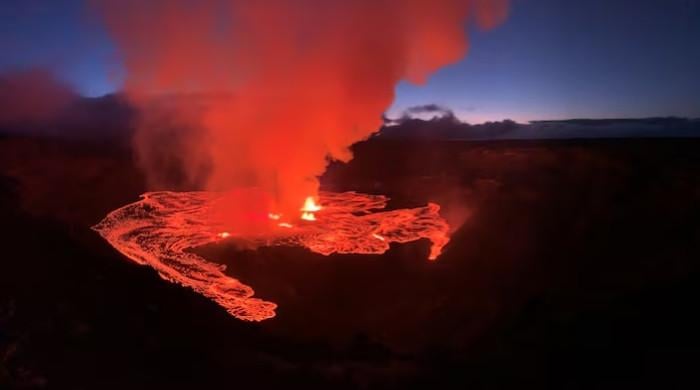Galapagos tortoises belong to new species
The scientists concluded that nearly 8,000 tortoises which exist today on San Cristobal are not Chelonoidis chathamensis
March 15, 2022

- The discovery was made through a genetic comparison of the animals with a sample.
- The team of investigators is recovering more DNA from the species.
- Genetic studies of surviving Galapagos tortoises began in 1995.
Scientists have discovered that a type of giant tortoise present on one of Ecuador’s Galapagos Islands is not from the species it was previously thought to be, Galapagos National Park said.
A study concluded that the giant tortoises living on San Cristobal island, previously identified as Chelonoidis chathamensis, correspond genetically to a different species, the park said in a statement late on Thursday.
"The scientists concluded that nearly 8,000 tortoises which exist today on San Cristobal are not Chelonoidis chathamensis but correspond to a completely new lineage that has not yet been described," the park said.
The discovery was made through a genetic comparison of the animals with a sample from the already described species, the statement added, in a study conducted by Newcastle University, Yale University and the Galapagos Conservancy.
The lineage previously thought to correspond to the San Cristobal tortoises may belong to an extinct species that cohabited with the surviving one, the statement said.
"The team of investigators is recovering more DNA from the species thought to be extinct to clarify the state of the tortoises and determine how these two species (the living and the extinct) relate," the statement said. "For them, the name Chelonoidis chathamensis should be assigned to the disappeared species and the living taxon should receive a new name."
Genetic studies of surviving Galapagos tortoises began in 1995 and four years later scientists began studying samples form extinct species.
The Galapagos — whose rich biodiversity inspired Charles Darwin’s theory of evolution — is home to a large variety of flamingos, albatross and cormorants.









